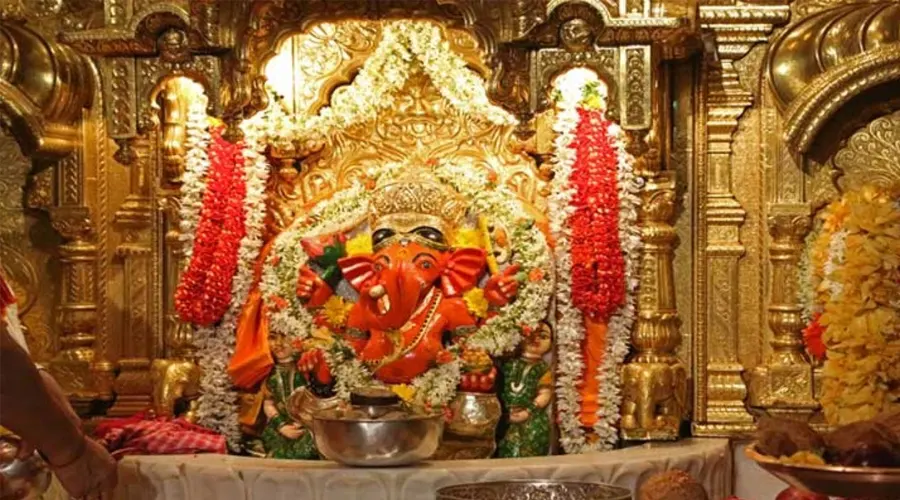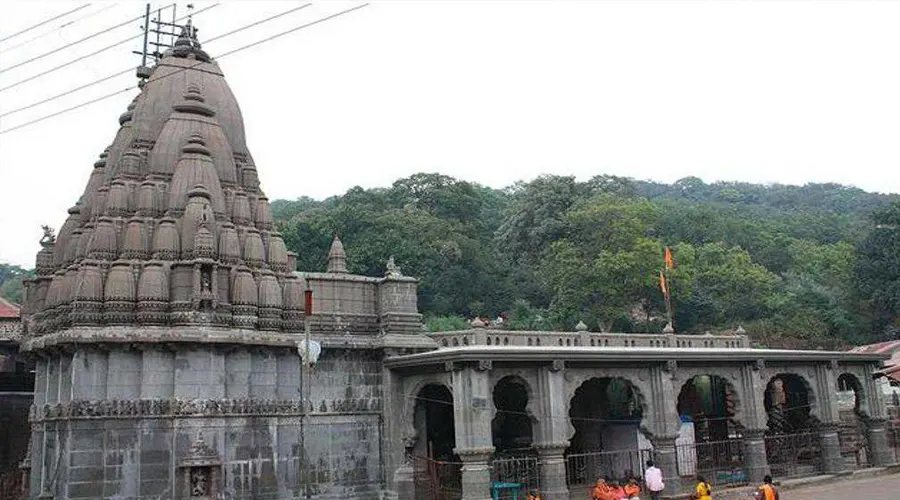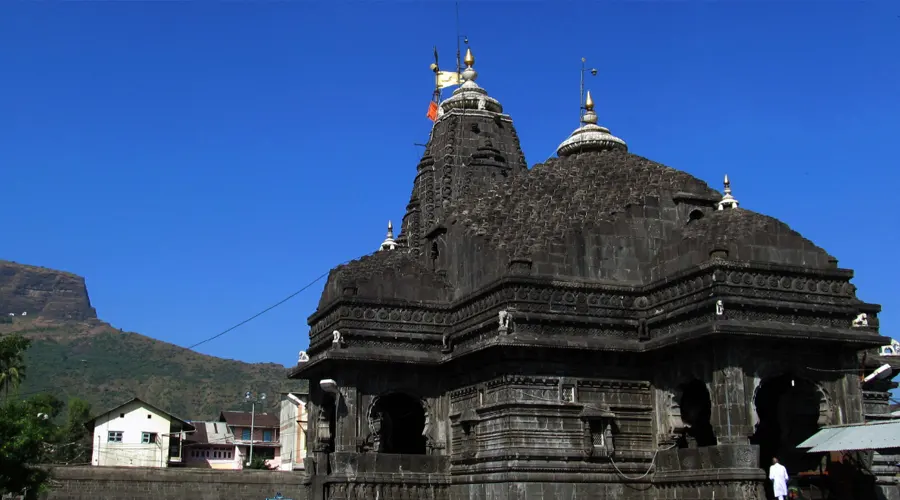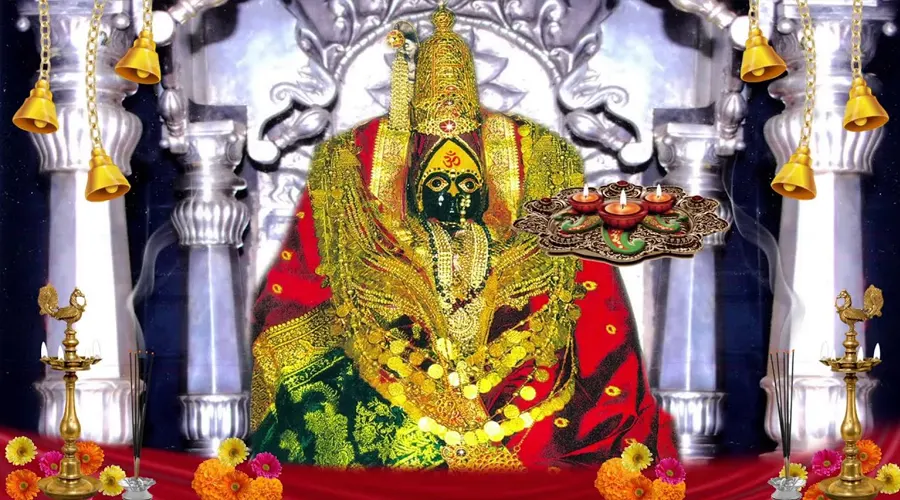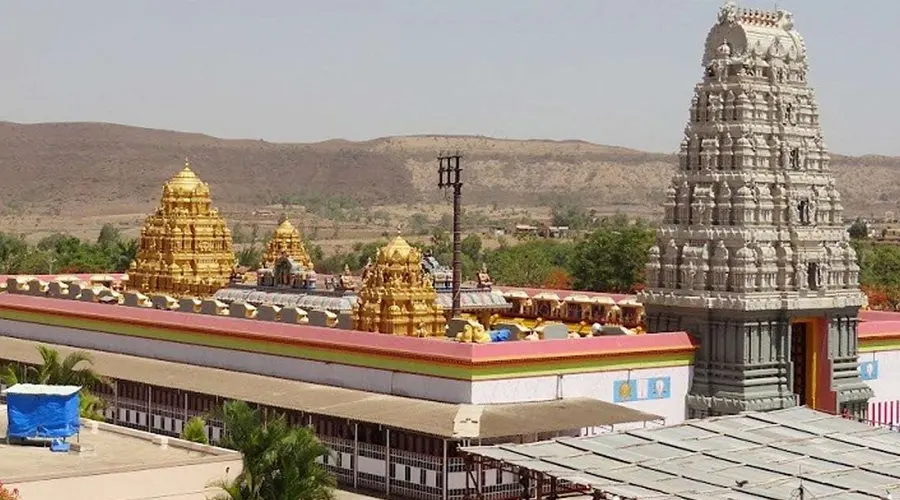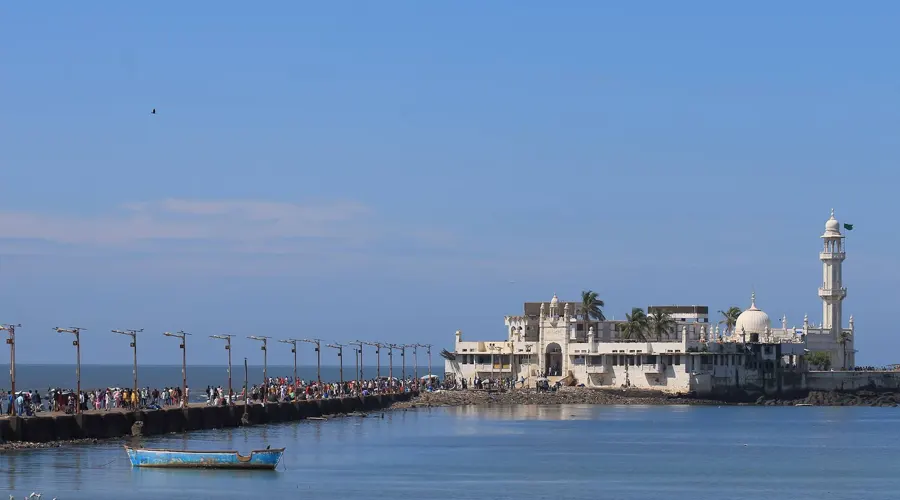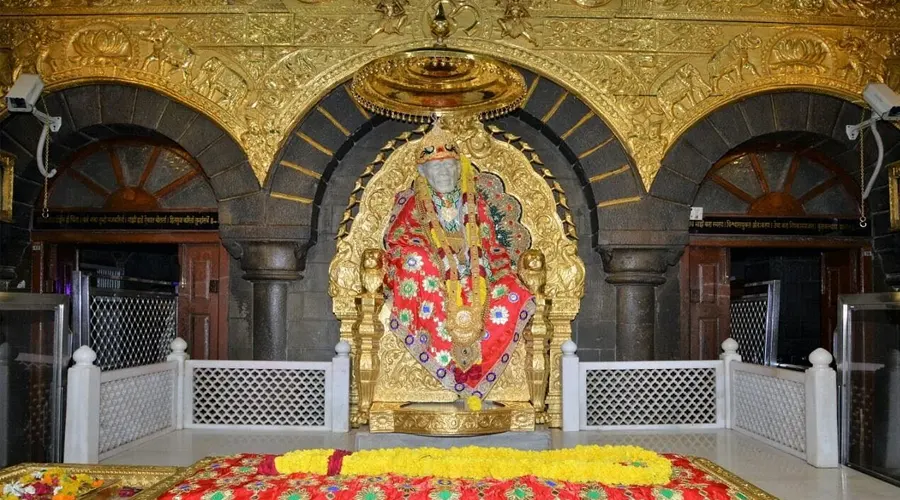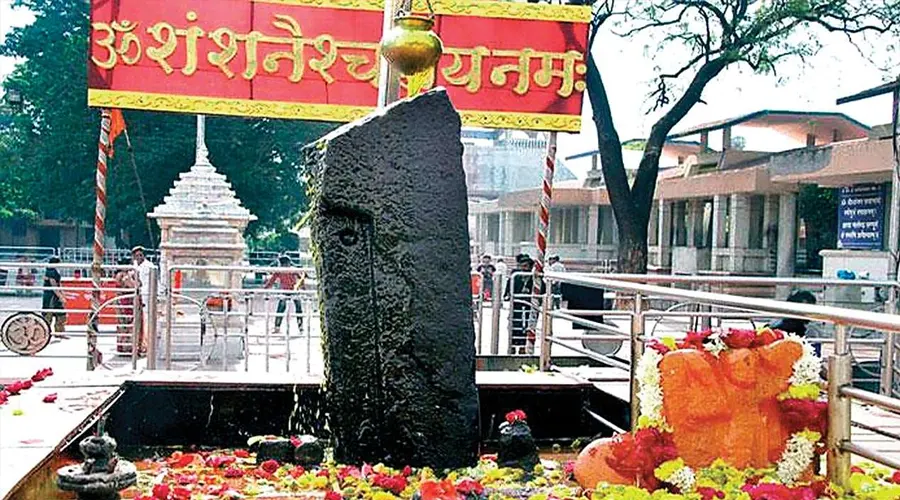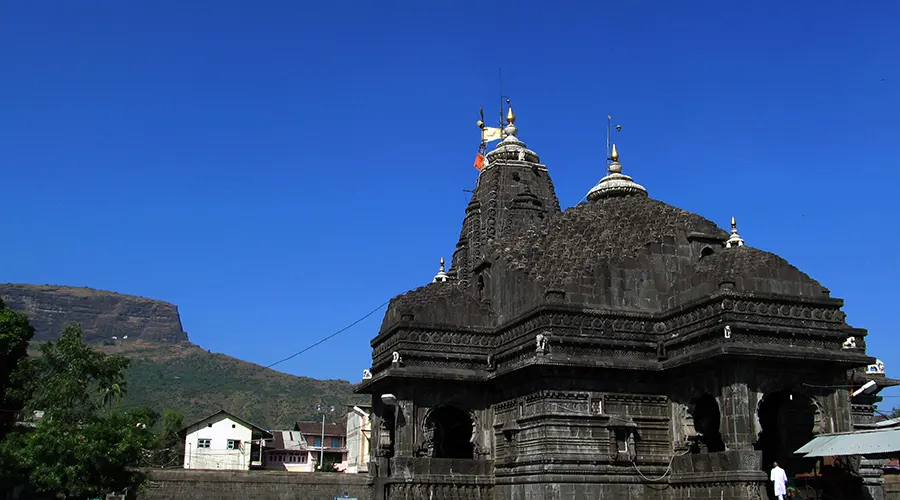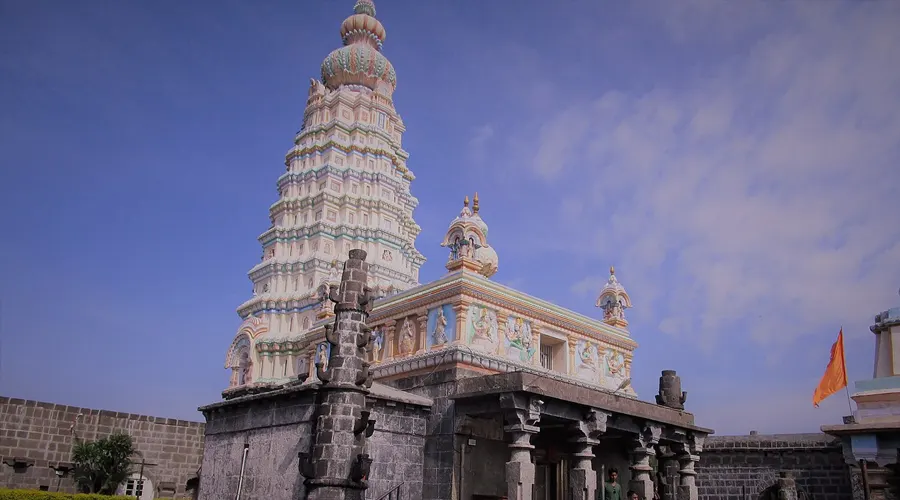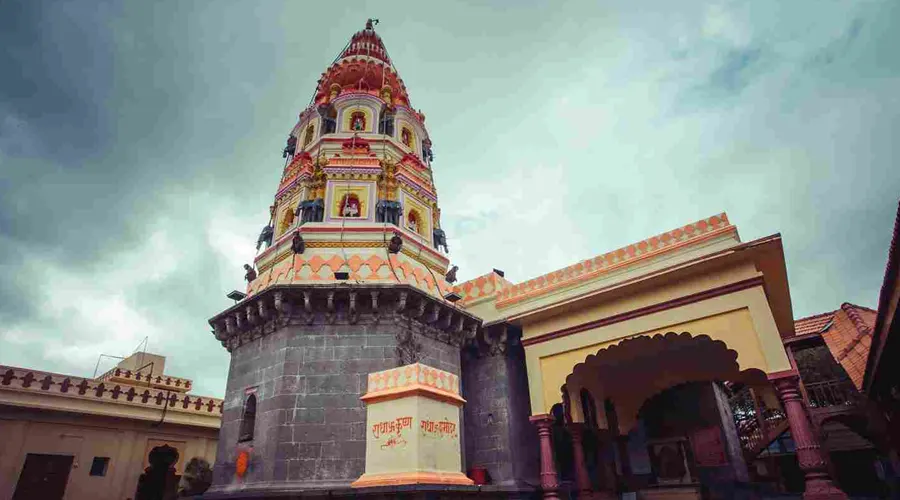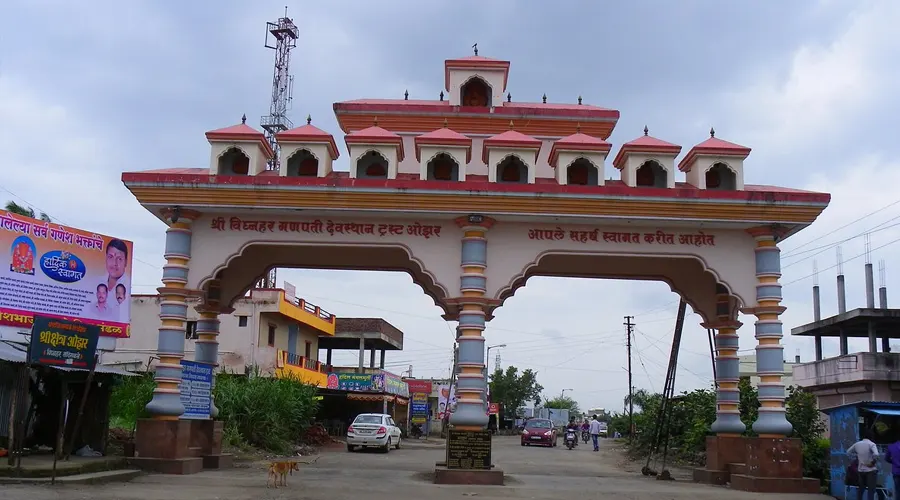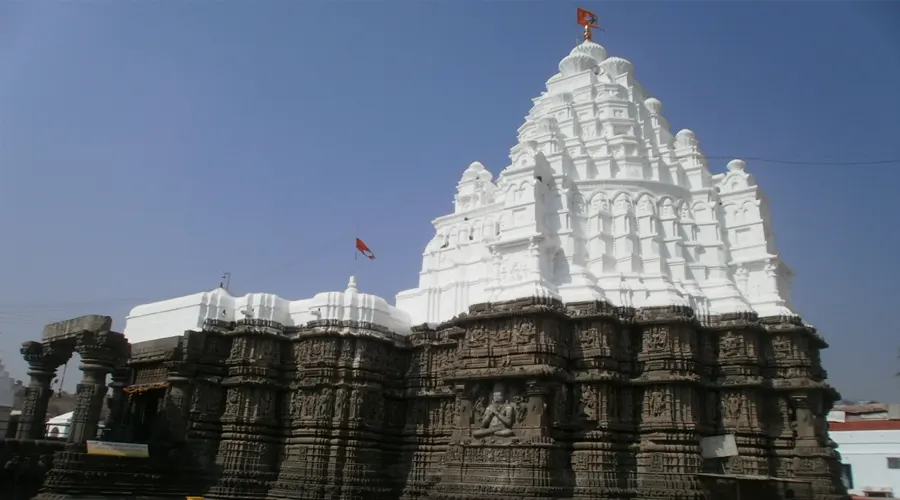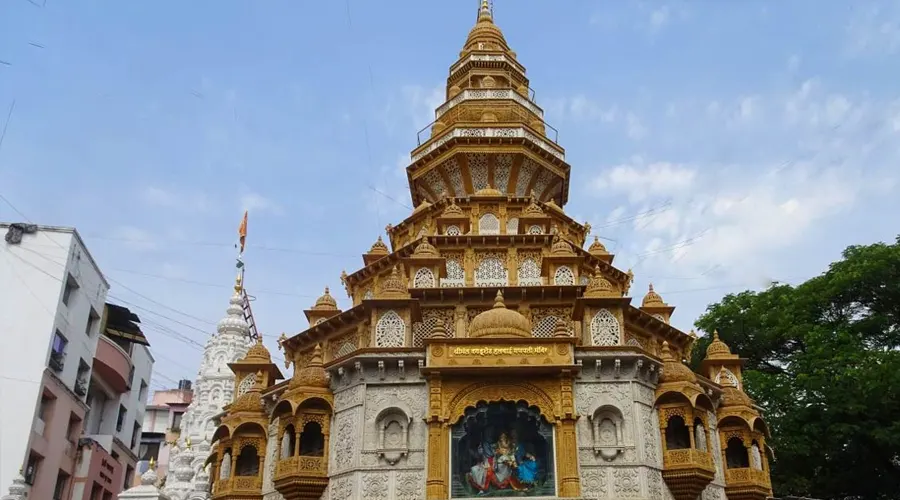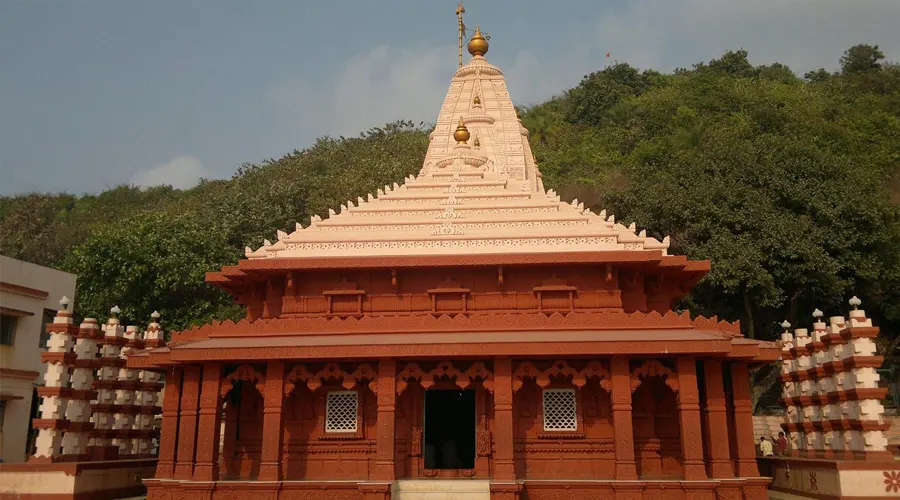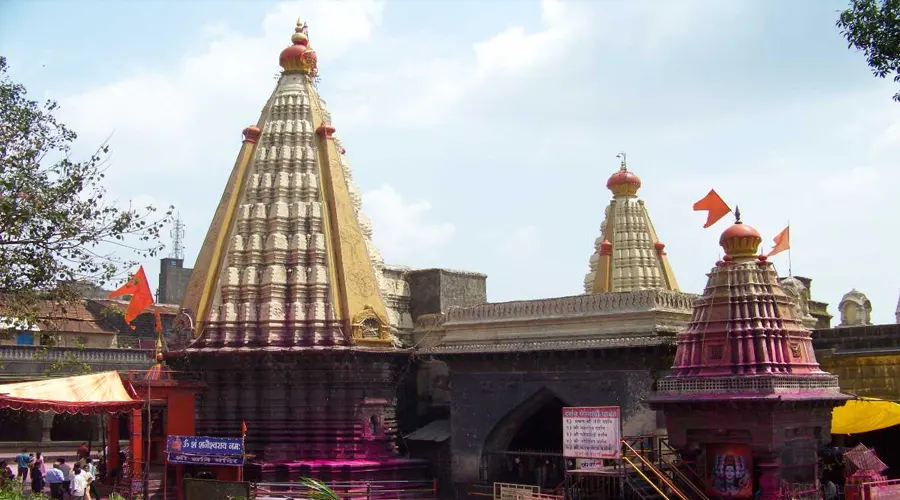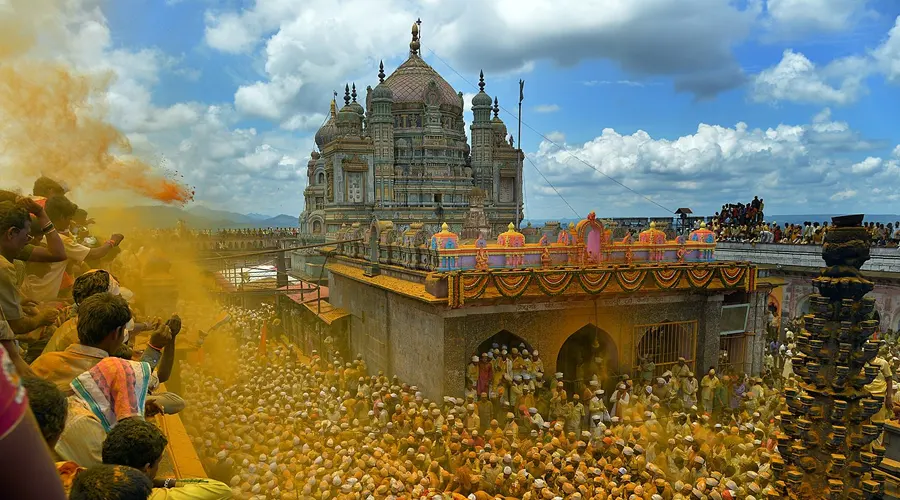Raigad Fort
At a height of 2690 feet, this fort symbolizes historical places in Maharashtra and boasts of Maratha victory. The fort is surrounded by steep lush valleys on three sides, and the fourth one sees a series of steps leading up to it. It was primarily for this reason that it could never be conquered by the enemies and it's one of the best historical places in Maharashtra.
The fort isn’t just a tourist spot, but a sacred spot that redefined Hindu Swarajya. Shivaji Maharaj named the Raigad Fort the capital of the Maratha kingdom and presided over it. His remains are buried close by.
History
Raigad Fort, formerly named as the Fort of Rairi, was seized by the brave warrior king of the Maratha Dynasty, Chhatrapati Shivaji. He renamed it as the Raigad fort. The Mughals, later in the year 1689, took over this fort, and the sixth Mughal emperor, Aurangzeb, titled it ‘Islamgad’. An armed expedition by the British East India Company targeted this fort as a piratical stronghold. It is believed to be partially destroyed owing to bombardments from Kalkai Hills in May 1818.
This fort has witnessed various historical events and has managed to retain its old-world charm beautifully. It still flaunts the grandeur of the Marathas through its architecture, which draws a variety of tourists every year.
Architecture
Raigad, meaning the King’s fort, was built by Chhatrapati Shivaji. However, the true mastermind behind the Raigad Fort architecture was the visionary architect Hiroji Indulkar. Every nook and cranny of Raigad Fort reflects his architectural expertise.
Once you reach the fort, the sole pathway towards the entrance is the ‘Maha Darwaza’. Its boundaries and watchtowers were strongly built and have stood the test of times. The interiors consist of eight chambers for eight queens of the king. At the back of the chambers, there is an enormous lake called the Elephant Lake (once used for bathing elephants).
As you proceed, you will reach the Durbar Hall that houses the throne of Chhatrapati Shivaji. The Durbar Hall is believed to be an example of an acoustic architectural arrangement. If you whisper anything from any one corner of the Durbar, it can be easily heard at the throne. When you walk out of the Durbar and walk down the lane, you can spot the sculpture of Chhatrapati Shivaji on a throne. It is placed right in the centre of the marketplace. If you walk further to the right, you will find the Jagadishwar Temple (dedicated to Lord Shiva). The samadhi of Chhatrapati Shivaji and his loyal dog ‘Waghya’ are placed in the front of the temple.


